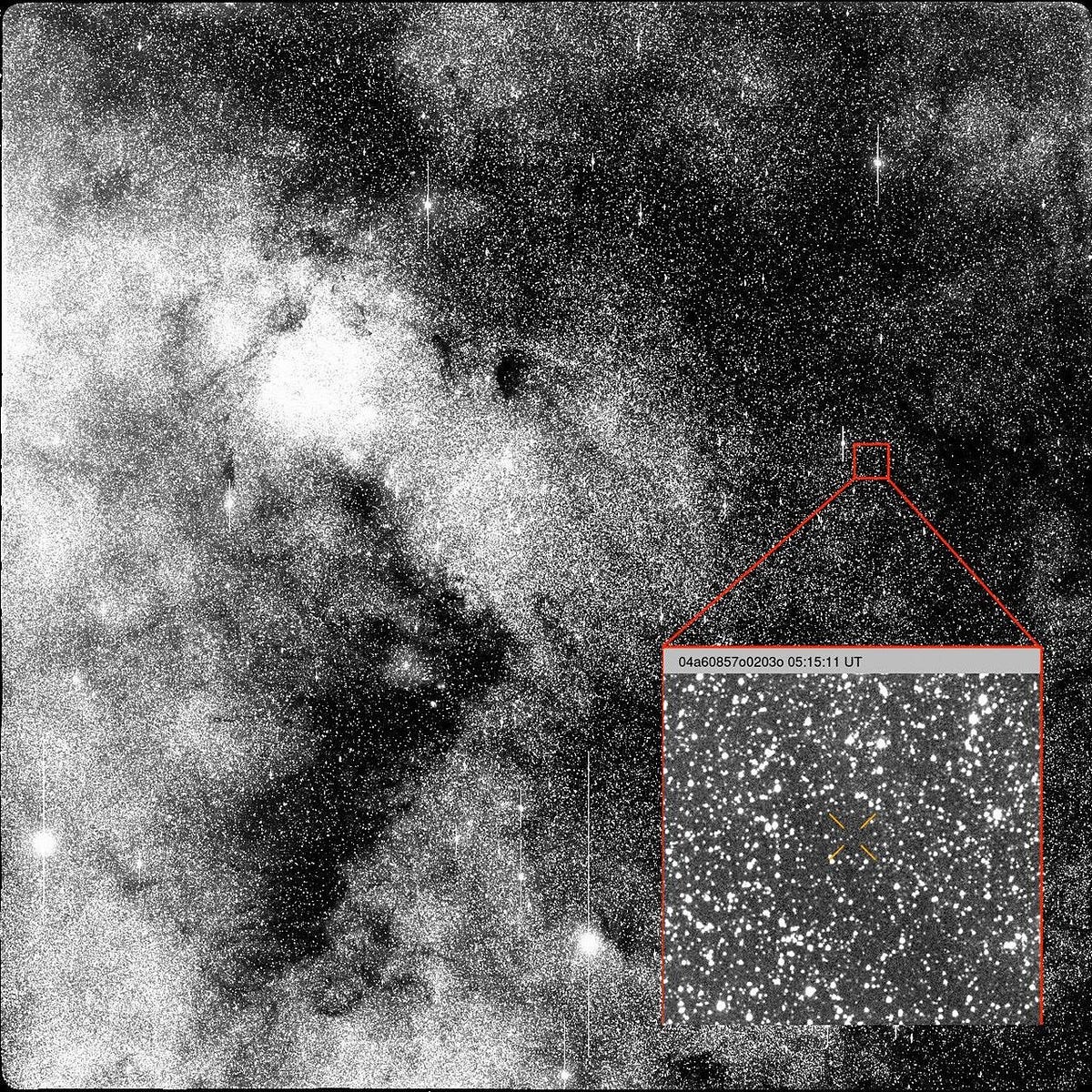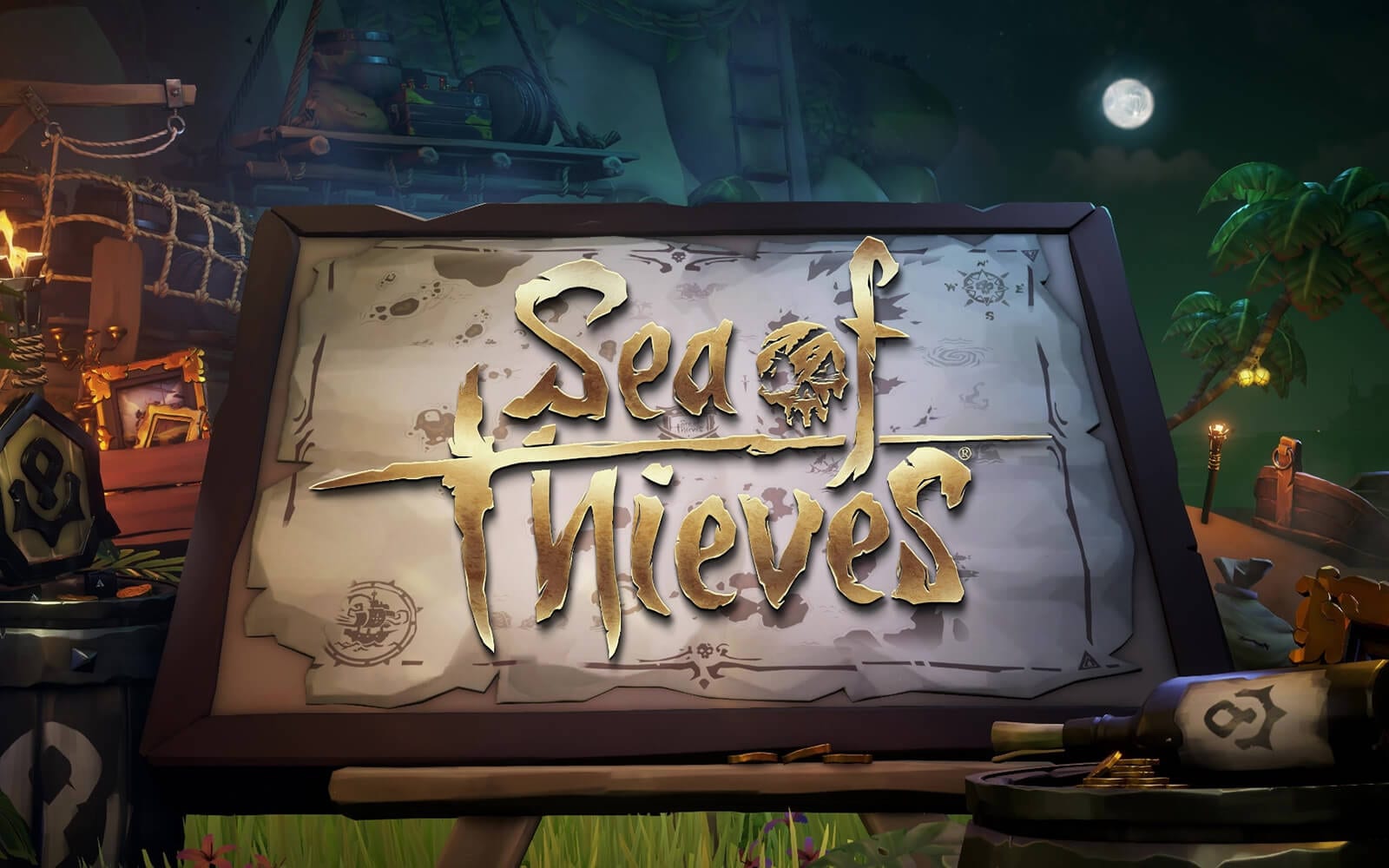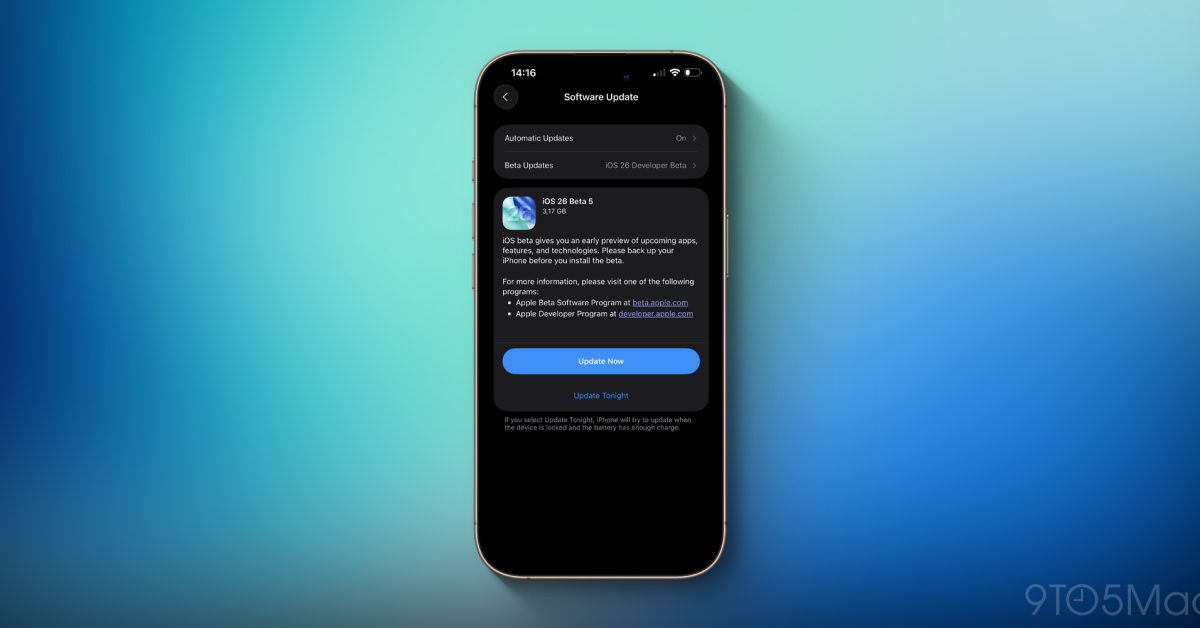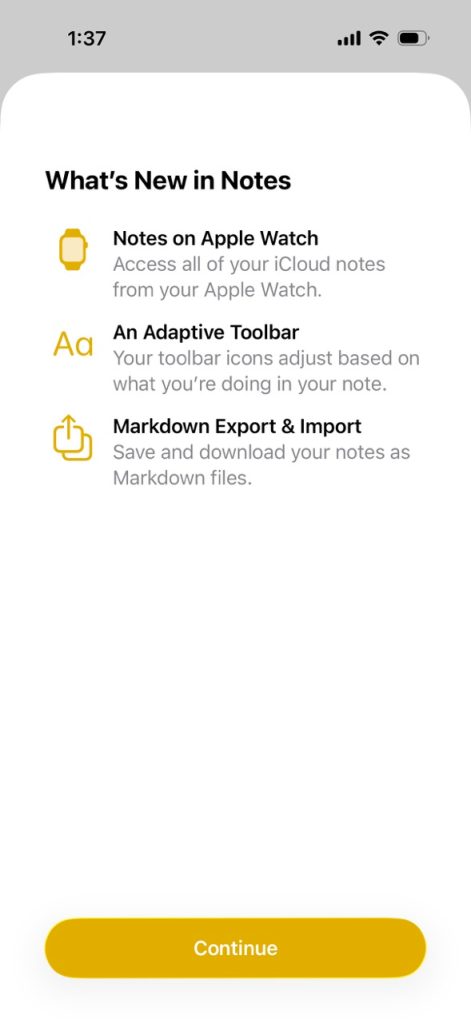The following questions appeared in my email inbox this morning, as I woke up for my routine 3-mile jog at sunrise. I list them below along with my answers, since some of them reiterated what dozens of podcasters and interviewers asked me over the past few days.
Question:
“Dr Loeb,
I’ve been following your work since the discovery of 1I/`Oumuamua, and am thoroughly impressed with your dedication to this subject. The discovery of 3I/Atlas is of particular interest, and I wonder if you might answer a question regarding it?
You mentioned, in several of the interviews I’ve watched, that 3I/Atlas will be obscured from our view by the sun at the end of October. If the object is in fact technological in nature, you speculated that it could take advantage of this by potentially changing course and heading toward Earth. Based on the object’s diameter (20 kilometers), velocity (60 km/sec) and angular momentum, how large of an angular momentum impulse would be needed to redirect 3I/Atlas toward Earth while keeping it hidden from observation?
I assume this requires an extraordinary amount of torque to accomplish this task given its current velocity. If the object slows too much, doesn’t it risk being captured in a solar orbit?
Thanks in advance for your reply. I want to commend you on your courage to entertain this hypothesis in the face of criticism from colleagues. Statistically speaking, it seems impossible that we are alone in the universe, or even the Milky Way. Current assumptions that “everything in space is a rock” seem counterproductive and potentially dangerous in our quest for objective truth. Keep up the great work and I look forward to seeing you in future interviews as we learn more about 3I/ATLAS and other interstellar objects.”
Answer:
“The more likely scenario from an engineering perspective involves a mothership that releases mini-probes which perform a reverse Oberth maneuver to slow down at perihelion and intercept Earth, taking advantage of the Sun’s gravitational assist. The change in angular momentum per unit mass needs to be of order ~(0.36 au)*(68 km/s) where 0.36 au is the change in orbital radius required to get to the Earth’s distance from the Sun from the distance of closest approach of 3I/ATLAS (where 1 au=149.6 million kilometers) and 68 kilometers per second is the speed of 3I/ATLAS at perihelion. The amount of fuel required for this maneuver depends on the mass of the mini-probe. The mini-probe can potentially reach the Earth within a few months after perihelion.”
Question:
“Dear Dr Loeb,
I have been following your posts on Medium since your planned and then successful expedition to the seas just north of Papua New Guinea. I had a lot of fun refreshing the browser tab each day, waiting to see if you had exciting news to share.
The habit has continued to this day. Thank you for doing what you do. Through your Medium space I have learned that in science, humanity needs rigorous discourse and exploration of all scientific possibilities, rather than a blinkered focus on comfortable narratives.
It is the subject of comfort that I write to you about today. Your mid-July post about the anomalous properties of 3I/ATLAS immediately struck me as extremely alarming.
After reading your post, I reasoned that the object’s Sagittarian origin, trajectory, tactical approach to the inner solar system bodies, and unlikely size added up to an extraordinary set of coincidences that should not be ignored.
All this is to say, I made plans (a moderate amount of long shelf-life food) after reading your initial 3I/ATLAS posts. More recent information (no cometary activity) brings to mind something Han Solo said… “I have a bad feeling about this.”
I have no illusions about our chances of survival if we are targeted for elimination, as per the Dark Forest theory. However, I would like to spend time with my family in the leadup to a potential encounter. I figure this will be a good thing whether or not all hell breaks loose.
Given what we know now, when would be the earliest time we could expect to greet the arrival of objects in orbit around earth? I appreciate that you are very busy; thank-you for your time.
Yours sincerely and good-luck!”
Answer:
“It is difficult to forecast when and how a direct encounter with aliens would take place, even as we monitor 3I/ATLAS, because that involves many uncertainties regarding the alien travel technologies, goals and intent. The best we can do is monitor the sky with telescopes. It may well be that 3I/ATLAS is a natural comet. But even then, we have to check each and every interstellar object that the Rubin Observatory will find in the coming decade for anomalous characteristics, like non-gravitational acceleration with no cometary tail or artificial lights or unusual shape. It would be a mistake to imagine a specific form based on scripts from science fiction writers, because their imagination, just like Large Language Models of Artificial Intelligence, is limited by their training data set on Earth. Even if we keep finding interstellar rocks, we should always be open to the possibility that one of the future interstellar objects might be technological. The nature of that encounter remains to be seen.”
Question:
“Thanks, Avi. I always really appreciate your replies.
May I ask one simple question — as of today, what % chance would you say 3I/ATLAS is of extraterrestrial/alien intelligence origin?!
Best regards, “
Answer:
“60%. In my recent essays at
https://avi-loeb.medium.com/
I suggested a `Loeb Scale’ for interstellar objects where `0’ is a definitely natural object (comet or asteroid) and `10’ is a definitely technological object (identified by maneuvers or emission of artificial light or signals). Currently, I give 3I/ATLAS a 6 on that scale, but my assessment will change as we get better data on it when it comes closer to the Sun.
Scientists change their opinions as they learn from new results. For example, Stephen Hawking wished to prove that the idea of black hole entropy — first proposed by the Princeton PhD student, Jacob Bekenstein, is nonsense. When he did the quantum-mechanical calculation, he realized that Bekenstein was right and black holes evaporate by emitting thermal radiation. This was the biggest theoretical discovery in Hawking’s scientific career.”
Question:
“How would an alien spacecraft look like?”
Answer:
An encounter with alien technology is a blind date of astronomical proportions. We should observe rather than imagine what it might look like. If alien intelligence is above ours, we may not be able to comprehend the full scope of their scientific understanding, tactics and ambitions, for the same reason that prehistoric cave dwellers who encounter a cell phone would regard it as a rock of a type that they had never seen before. The current approach of comet experts to interstellar objects reflects the stone age of space exploration.”
Question:
“Hi Avi, It is remarkable that the latest imaging data in the most recent observations does not show a tail trailing 3I/ATLAS. I saw an older study that found 3I/ATLAS did have a tail. What do you think led that group to make that conclusion?”
Answer:
“There were claims of a tail but since 3I/ATLAS is accelerating and its current size is not much larger than the angular resolution of Earth-based telescopes, it is challenging to avoid fictitious elongation of the image as a result of the object’s motion. As 3I/ATLAS gets closer to the Sun in the coming weeks, it would be easier to gauge whether it has a tail for three reasons: it will get brighter by reflecting more sunlight, bigger on the sky because it is closer to us, and if it is a comet — its activity will be enhanced as the Sun warms it up to a higher surface temperature.”
Question:
“Some conspiracy theorists argued that the story of 3I/ATLAS was floated as a distraction from the Jeffrey Epstein files. What is your take on this?”
Answer:
“3I/ATLAS is a physical object in the sky at a large distance from Earth that cannot be faked because it was observed independently from different directions by the Hubble Space telescope and ground-based telescopes. You can purchase a 0.5-meter telescope yourself and look at it. Its existence has nothing to do with terrestrial politics.”
ABOUT THE AUTHOR
Avi Loeb is the head of the Galileo Project, founding director of Harvard University’s — Black Hole Initiative, director of the Institute for Theory and Computation at the Harvard-Smithsonian Center for Astrophysics, and the former chair of the astronomy department at Harvard University (2011–2020). He is a former member of the President’s Council of Advisors on Science and Technology and a former chair of the Board on Physics and Astronomy of the National Academies. He is the bestselling author of “Extraterrestrial: The First Sign of Intelligent Life Beyond Earth” and a co-author of the textbook “Life in the Cosmos”, both published in 2021. The paperback edition of his new book, titled “Interstellar”, was published in August 2024.

















